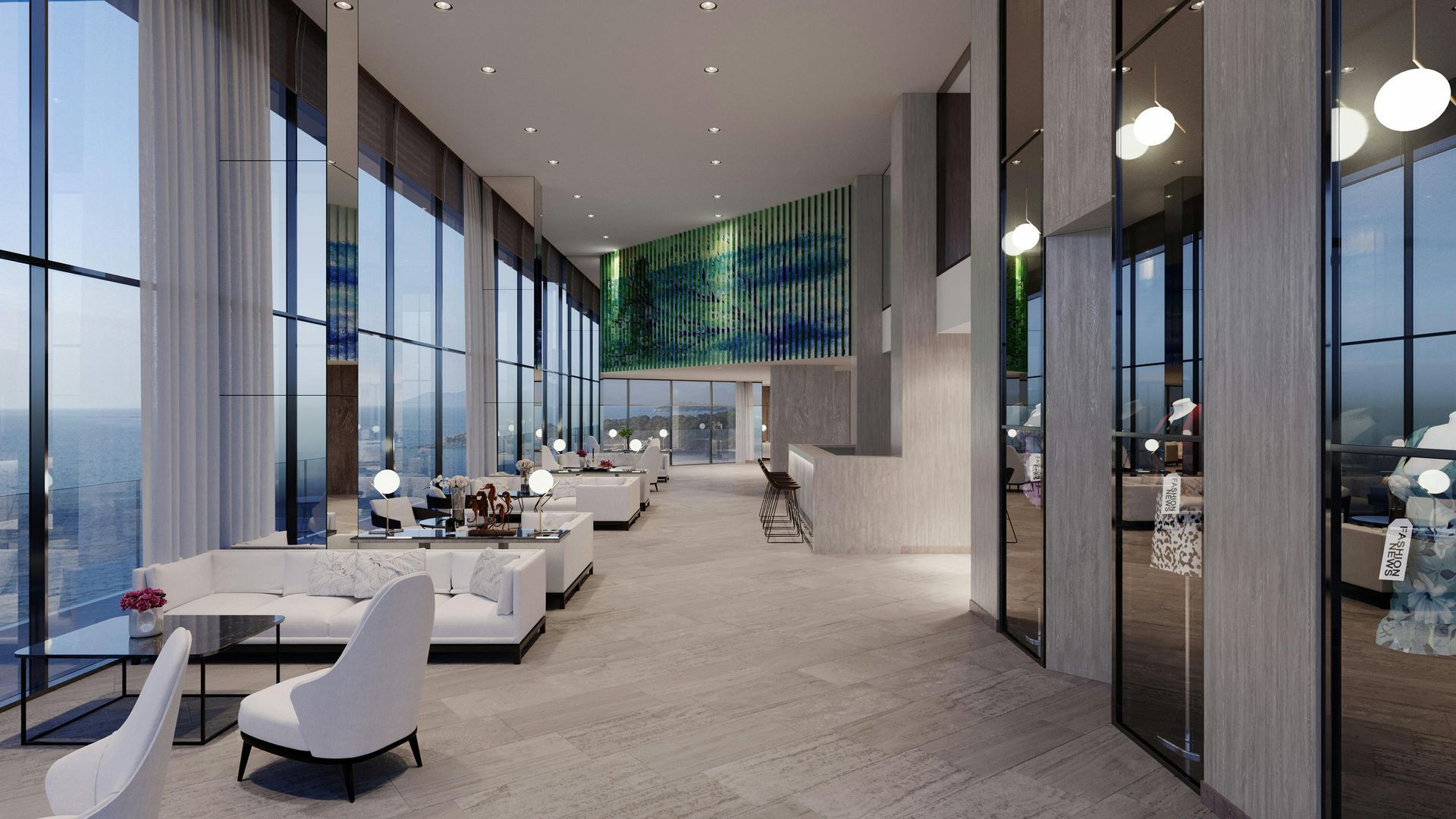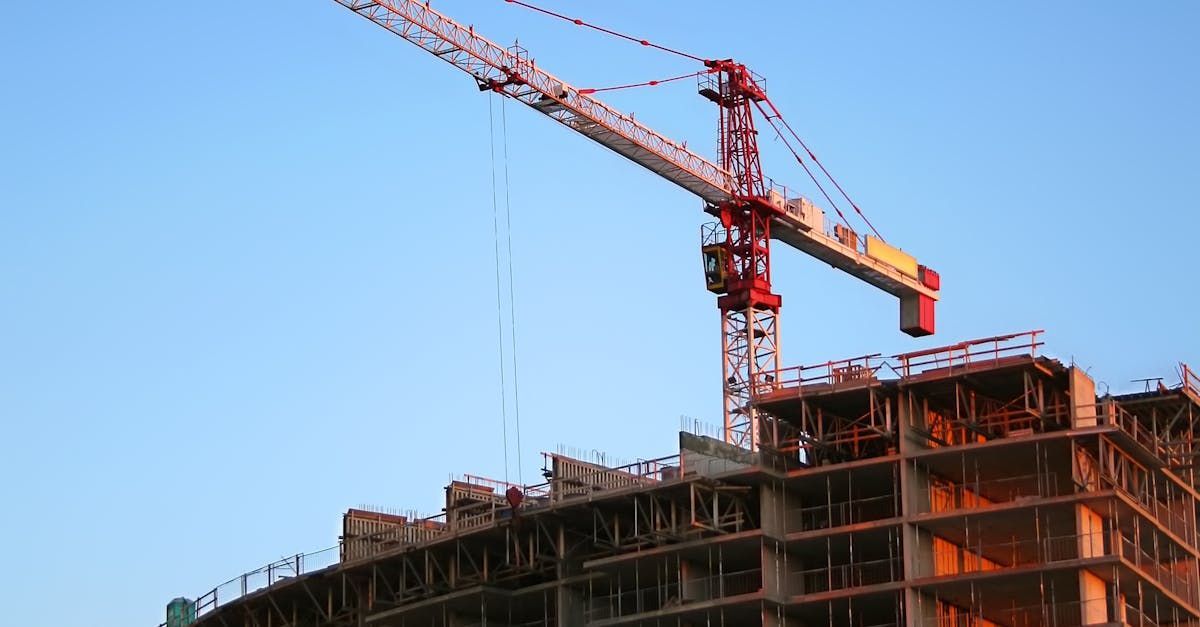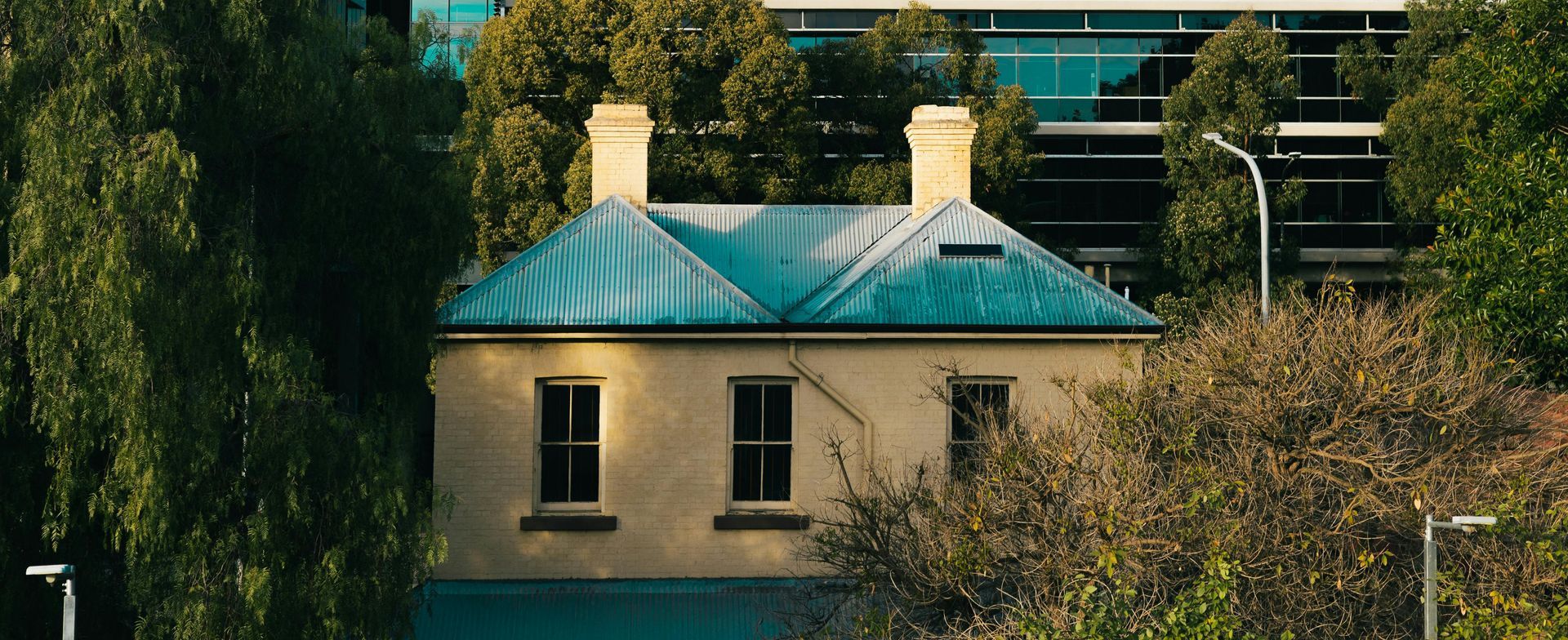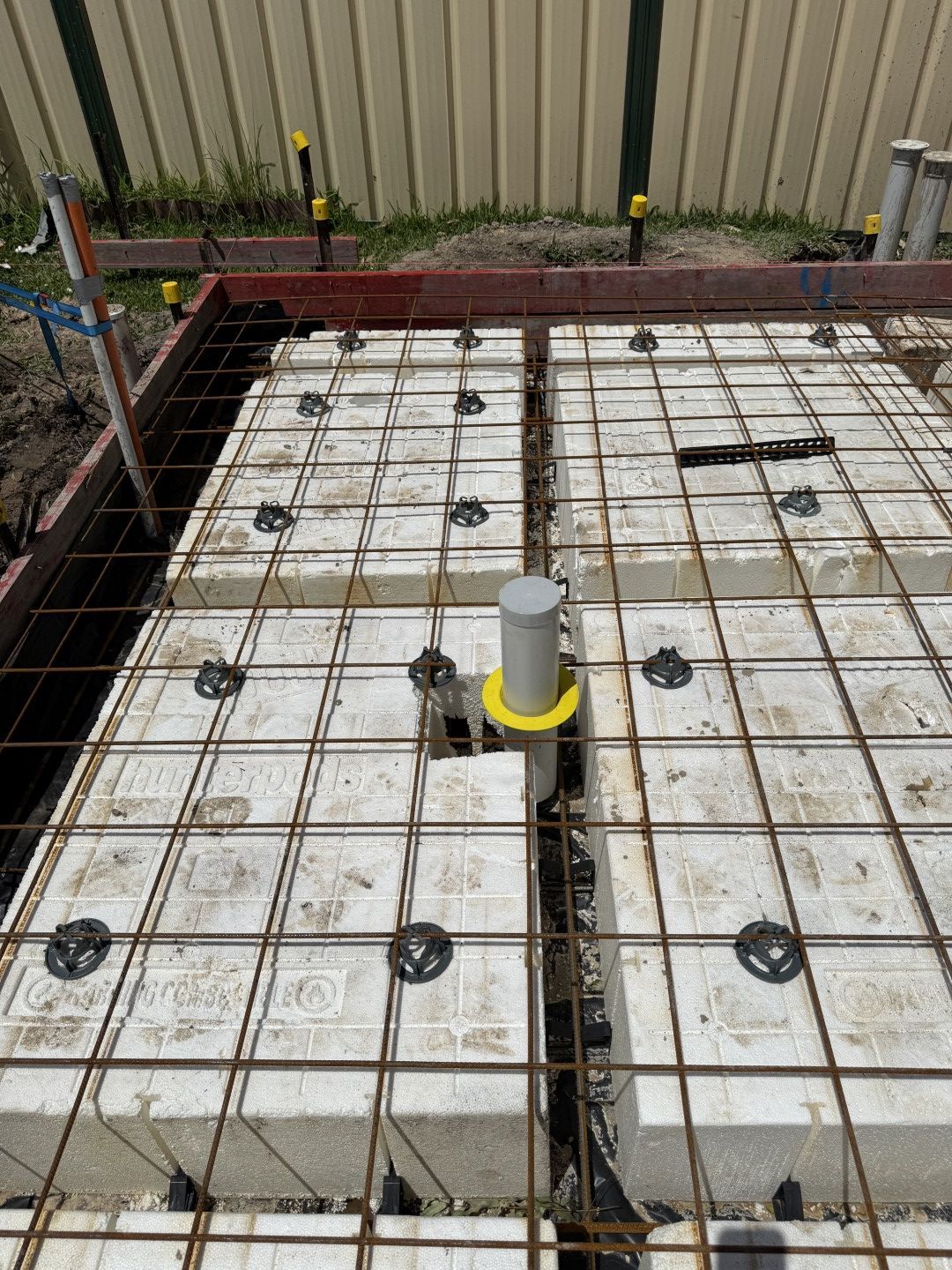What Is Cladding in Construction? A Complete Guide for Australian Builders
Cladding is a term frequently encountered in the building industry, and understanding its intricacies is essential for anyone involved in construction. In this guide, we explore the cladding meaning and provide a detailed explanation of cladding what is - essentially, what cladding on a building entails. Whether you’re a homeowner, contractor, or architect, knowing the cladding meaning in construction and the definition cladding is crucial when planning projects. Here at Shafbuild, we pride ourselves on delivering expert advice to help you make informed decisions about exterior finishes that not only enhance aesthetics but also improve energy efficiency, safety, and durability.
What Is Cladding in Construction?
When discussing what is cladding on a building, we are referring to a material that is applied to the external envelope of a structure. This outer layer, or skin, is not only decorative but also functional. The cladding meaning in construction extends beyond mere appearance; it involves protecting the building from environmental factors such as wind, rain, and extreme temperatures. In simple terms, cladding what is can be defined as a secondary building material used to cover the exterior of a building. It offers additional benefits like insulation and fire protection, making it a critical element in modern construction practices. The definition cladding also emphasises its role in safeguarding the internal structure of a building by acting as a barrier against the elements.
Why Is Cladding Important in Modern Construction?
Cladding is essential for several reasons. First and foremost, it significantly enhances the thermal performance of a building. By adding an extra layer of insulation, cladding helps to reduce energy costs and maintain a comfortable indoor environment. This is particularly important in Australia, where extreme temperatures can challenge conventional building materials. Additionally, cladding provides a robust defence against weather-related issues. Whether it is protecting against heavy rain, strong winds, or even bushfires, selecting the right material is critical to ensure safety and longevity. Another major advantage of cladding is its contribution to the building's overall appearance. A modern, sleek façade created with high-quality cladding can dramatically boost the curb appeal and market value of a property. In essence, understanding cladding meaning in terms of both functionality and aesthetics is vital for anyone involved in the home building process.
Types of Cladding Materials
There are several types of cladding materials available, each offering unique benefits. Here, we break down the most popular options used in Australian construction:
Metal Cladding
Metal cladding, such as aluminium or steel, is highly regarded for its durability and fire-resistant properties. It is widely used in commercial and industrial buildings but is increasingly popular in residential projects as well. The sleek finish of metal cladding can provide a modern look, and its robust nature ensures that it stands up well to harsh weather conditions. When considering cladding on a building, metal cladding is often chosen for its low maintenance and long-lasting performance.
Glass Cladding
Glass cladding offers an elegant and contemporary appearance, making it ideal for modern architectural designs. This material allows natural light to filter through while maintaining privacy and insulation. However, it requires meticulous installation and regular maintenance to prevent issues such as staining or thermal stress. For those seeking a sophisticated façade, glass cladding delivers on both style and functionality, though it is important to weigh these benefits against the higher upkeep requirements.
Timber Cladding
Timber cladding is a natural and environmentally friendly option that brings warmth and character to any building. Its rustic appeal is particularly popular in residential settings across Australia. However, timber cladding does require regular maintenance, including sealing and staining, to protect it from the elements. The cladding meaning of timber in construction is often associated with sustainability and a connection to nature, which is a growing trend in modern design.
Brick and Masonry Cladding
Brick and masonry cladding are traditional materials known for their strength and excellent insulation properties. They provide a timeless look that is both durable and energy-efficient. This type of cladding is a common choice for many Australian homes and is valued for its low maintenance requirements and ability to withstand harsh weather conditions.
Composite Cladding
Composite cladding combines different materials to create a product that offers superior performance. It is designed to be low maintenance while providing a range of textures and finishes. Composite materials are often engineered for enhanced durability and resistance to environmental factors, making them an attractive option for those seeking a modern yet practical solution for cladding on a building.
Weatherboard Cladding
Weatherboard cladding is a classic choice in Australia, particularly for residential projects. Known for its affordability and effective weather resistance, weatherboard is widely used for its traditional appeal and practical benefits. It provides a balance between aesthetic charm and functional performance, making it a popular option for many homeowners.
Factors to Consider When Choosing Cladding
Selecting the right cladding material is a decision that should be based on several critical factors:
Climate and Environmental Factors
Australia’s diverse climate means that the choice of cladding must account for local weather conditions. For instance, in regions prone to bushfires, fire-resistant cladding is a must. Similarly, coastal areas may require materials that can withstand salt corrosion. Understanding the cladding meaning in terms of environmental impact ensures that you choose a material that not only looks good but also performs well under local conditions.
Building Type and Design
The architectural style and function of the building play a significant role in determining which cladding material is appropriate. For example, modern commercial structures might benefit from sleek metal or glass cladding, while traditional homes might opt for brick or weatherboard. The definition cladding in a design context should complement the overall aesthetics and purpose of the structure.
Budget and Maintenance Requirements
Cost is always a consideration. While some cladding materials may offer superior durability and aesthetics, they might also come with higher initial costs and ongoing maintenance requirements. A thorough cost-benefit analysis can help you balance upfront investment with long-term performance. Whether you’re researching what is most suitable for your project or comparing options for cladding on a building, it’s important to consider both budget and maintenance.
The Cladding Installation Process
The installation process is a critical phase that impacts the overall performance and longevity of the cladding. Below is a step-by-step guide to the cladding installation process, presented in a table format for clarity:
| Stage | Key Activities | Estimated Duration |
|---|---|---|
| Preparation | Inspect the building structure, measure dimensions, and prepare surfaces. | 1-2 days |
| Installation of Framework | Install a supporting framework to secure the cladding material. | 2-3 days |
| Cladding Application | Fix the cladding panels or boards onto the framework using appropriate fasteners and sealants. | 3-5 days |
| Finishing Touches | Seal joints, perform quality checks, and ensure compliance with safety standards. | 1-2 days |
Following these steps diligently ensures that the cladding is installed properly, thereby maximising its benefits in terms of insulation, weather protection, and visual appeal. A professional installation is recommended to meet industry standards and achieve the desired outcome.
Cladding Regulations and Compliance in Australia
Compliance with the National Construction Code (NCC) and relevant Australian standards is non-negotiable when installing cladding. These regulations ensure that the materials used are safe, effective, and environmentally responsible. In recent years, there has been an increased focus on fire safety, leading to stringent regulations around combustible cladding. Contractors must remain up-to-date with the latest cladding meaning guidelines and fire-safety standards to avoid potential risks. For homeowners and builders alike, understanding what is cladding on a building from a regulatory standpoint is critical to ensure both safety and legal compliance.
Sustainability and Environmental Impact
In today’s eco-conscious market, sustainability plays a key role in the selection of cladding materials. Many modern cladding options are designed to improve a building’s energy efficiency and reduce its environmental footprint. For example, composite and timber cladding are popular choices due to their recyclability and low environmental impact. Moreover, energy-efficient cladding can contribute to green building certifications, which is increasingly important in Australia. When considering the cladding meaning in construction, it’s vital to evaluate the long-term environmental benefits and ensure that your choice aligns with sustainable building practices.
Choosing the Right Cladding for Your Project
The final decision on which cladding to use should be informed by a balance of aesthetics, functionality, and compliance with Australian standards. Here are some tips to guide your selection:
- Compare Materials: Evaluate different cladding options based on durability, cost, maintenance, and appearance.
- Consult Experts: Engage with experienced professionals such as those at Shafbuild to get expert guidance on the best materials for your project.
- Consider Local Conditions: Choose materials that are proven to perform well under local climate and environmental conditions.
- Review Case Studies: Look at similar projects and learn from the successes and challenges faced by others.
- Compliance Check: Ensure that your chosen material meets all relevant Australian building codes and safety standards.
By taking these steps, you can confidently decide on the right cladding material that not only meets your design aspirations but also delivers robust performance over time.
Final Thoughts: Embrace Quality Cladding for Lasting Performance
Understanding cladding meaning and its application in modern construction is fundamental for anyone involved in building or renovating a property. This guide has provided a detailed overview of cladding what is its definition, importance, various materials, and the key factors to consider when choosing cladding for a building. With detailed explanations on the installation process, regulatory compliance, and sustainability, you now have a comprehensive resource to assist in making informed decisions about what is cladding on a building.
At Shafbuild, we believe that a well-informed approach to selecting and installing cladding can significantly enhance the safety, efficiency, and aesthetic appeal of your project. Whether you are working on a residential property or a commercial development, understanding the cladding meaning in construction and following best practices ensures that your building stands the test of time.









